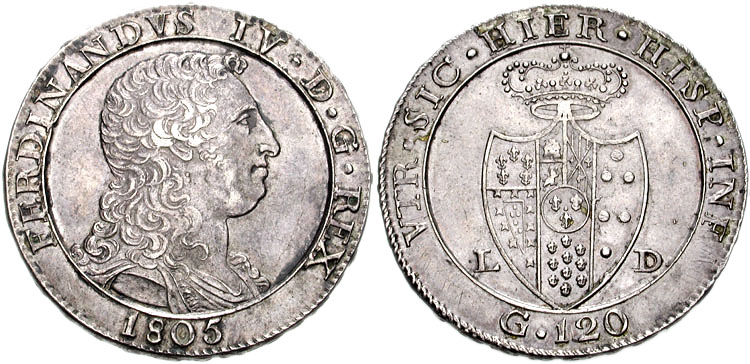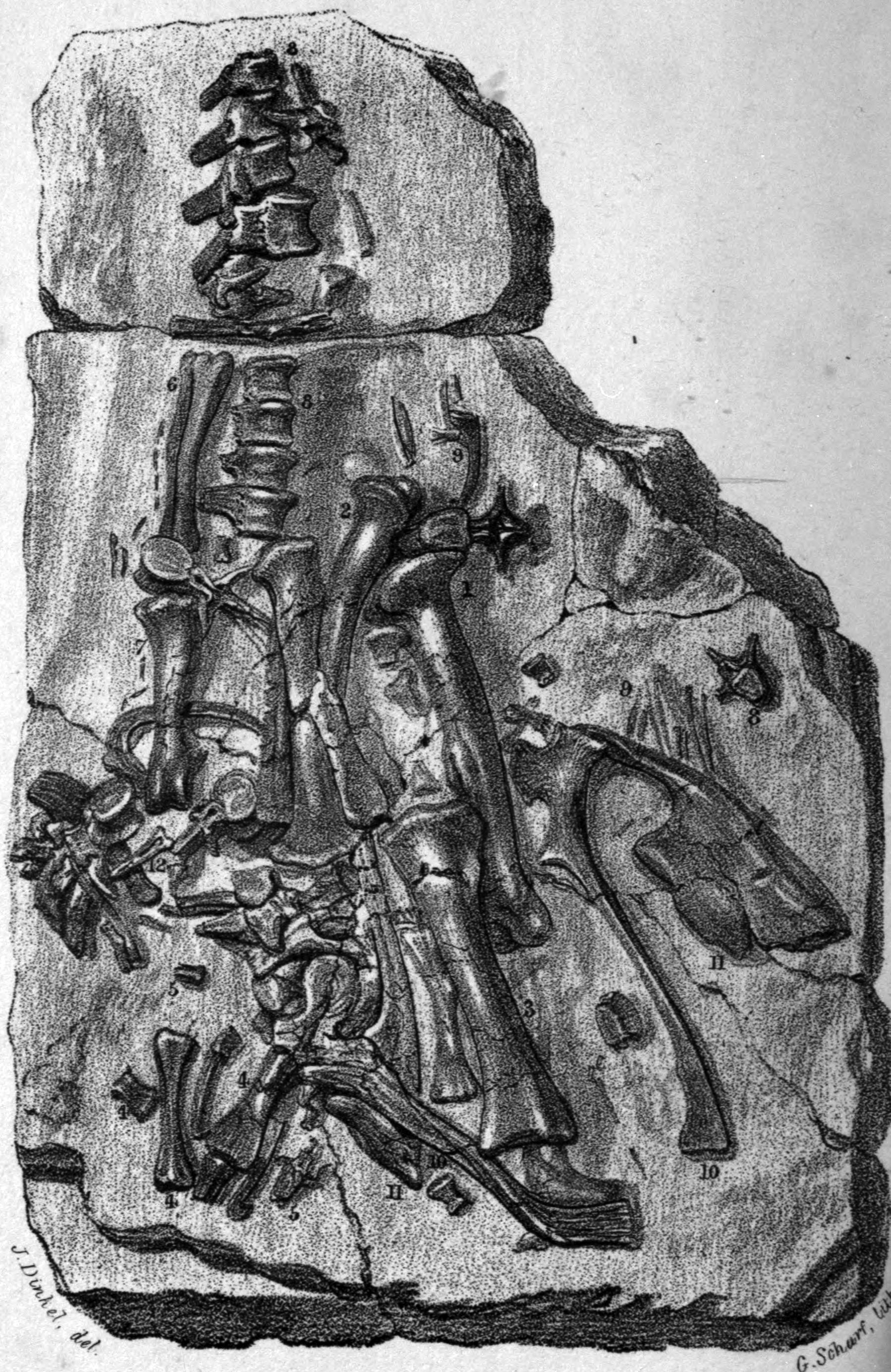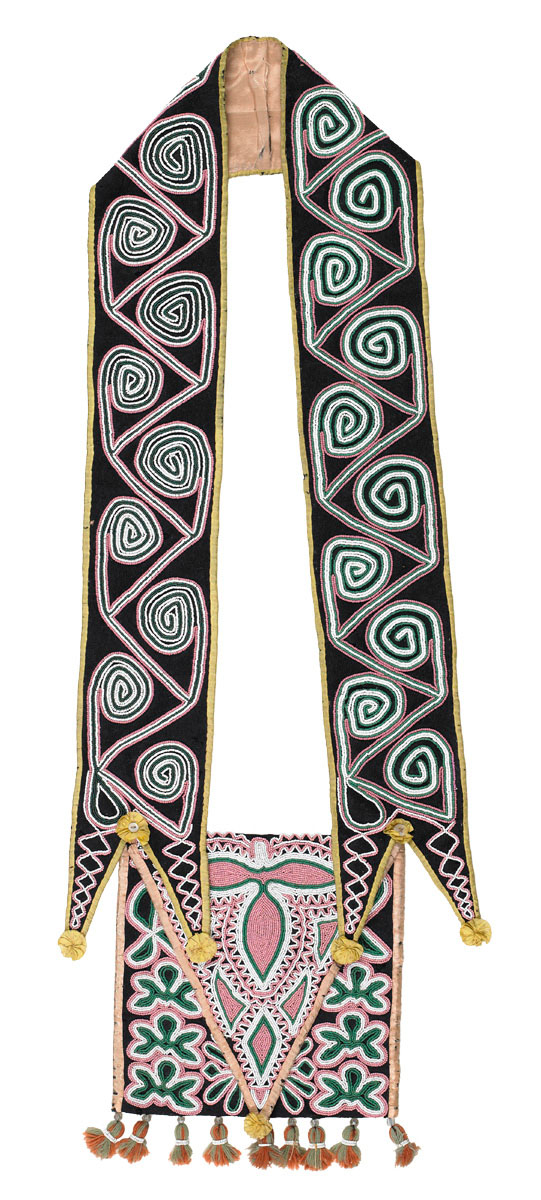|
1825
Events January–March * January 4 – King Ferdinand I of the Two Sicilies dies in Naples and is succeeded by his son, Francis. * February 3 – Vendsyssel-Thy, once part of the Jutland peninsula forming westernmost Denmark, becomes an island after a flood drowns its wide isthmus. * February 9 – After no presidential candidate receives a majority of United States Electoral College votes following the 1824 United States presidential election, the United States House of Representatives elects John Quincy Adams President of the United States in a contingent election. * February 10 – Gideon Mantell names and describes the second known dinosaur ''Iguanodon''. * February 10 – Simón Bolívar gives up his title of dictator of Peru and takes the alternative title of ''El Libertador''. * February 12 – Second Treaty of Indian Springs: The Creek cede the last of their lands in Georgia to the United States government and migrate west. [...More Info...] [...Related Items...] OR: [Wikipedia] [Google] [Baidu] |
Capture Of The El Mosquito
The capture of the sloop ''Anne'' was the result of a naval campaign carried out by an alliance between the Spanish Empire forces in Puerto Rico, the Danish government in Saint Thomas and the United States Navy. The powers pursued Roberto Cofresí's pirate flotilla in March 1825 because of the economic losses suffered by the parties to the pirates, as well as diplomatic concerns caused by their use of the flags of Spain and Gran Colombia which menaced the fragile peace between the naval powers. Several of those involved had been attacked by the freebooters. Among the diplomatic concerns caused by Cofresí was a robbery carried out by several of his subordinates, the catalyst of an incident that threatened war between Spain and the United States known as "The Foxardo Affair", eventually leading to the resignation of his rival, pirate hunter David Porter. Sailing under the authorization of the Danish West Indies, the coalition employed two local ships, including a former victi ... [...More Info...] [...Related Items...] OR: [Wikipedia] [Google] [Baidu] |
John Quincy Adams
John Quincy Adams (; July 11, 1767 – February 23, 1848) was the sixth president of the United States, serving from 1825 to 1829. He previously served as the eighth United States secretary of state from 1817 to 1825. During his long diplomatic and political career, Adams served as an ambassador and also as a member of the United States Congress representing Massachusetts in both chambers. He was the eldest son of John Adams, who served as the second president of the United States from 1797 to 1801, and First Lady of the United States, First Lady Abigail Adams. Initially a Federalist Party, Federalist like his father, he won election to the presidency as a member of the Democratic-Republican Party, and later, in the mid-1830s, became affiliated with the Whig Party (United States), Whig Party. Born in Braintree, Massachusetts, Adams spent much of his youth in Europe, where his father served as a diplomat. After returning to the United States, Adams established a successful leg ... [...More Info...] [...Related Items...] OR: [Wikipedia] [Google] [Baidu] |
Roberto Cofresí
Roberto Cofresí y Ramírez de Arellano (June 17, 1791 – March 29, 1825), better known as El Pirata Cofresí, was a Puerto Rican pirate. He was born into a noble family, but the political and economic difficulties faced by the island as a colony of the Spanish Empire during the regional independence wars against the metropole meant that his household was poor. Cofresí worked at sea from an early age which familiarized him with the region's geography, but it provided only a modest salary, and he eventually decided to abandon the sailor's life and became a pirate. He had previous links to land-based criminal activities, but the reason for Cofresí's change of vocation is unknown; historians speculate that he may have worked as a privateer aboard ''El Scipión'', a ship owned by one of his cousins. At the height of his career, Cofresí evaded capture by vessels from Spain, Gran Colombia, the United Kingdom, Denmark, France, and the United States. He commanded several small-draft ... [...More Info...] [...Related Items...] OR: [Wikipedia] [Google] [Baidu] |
1824 United States Presidential Election
Presidential elections were held in the United States from October 26 to December 2, 1824. Andrew Jackson, John Quincy Adams, Henry Clay and William Crawford were the primary contenders for the presidency. The result of the election was inconclusive, as no candidate won a majority of the electoral vote. In the election for vice president, John C. Calhoun was elected with a comfortable majority of the vote. Because none of the candidates for president garnered an electoral vote majority, the U.S. House of Representatives, under the provisions of the Twelfth Amendment, held a contingent election. On February 9, 1825, the House voted (with each state delegation casting one vote) to elect John Quincy Adams as president, ultimately giving the election to him. The Democratic-Republican Party had won six consecutive presidential elections and by 1824 was the only national political party. However, as the election approached, the presence of multiple viable candidates result ... [...More Info...] [...Related Items...] OR: [Wikipedia] [Google] [Baidu] |
Simón Bolívar
Simón José Antonio de la Santísima Trinidad Bolívar y Palacios (24July 178317December 1830) was a Venezuelan statesman and military officer who led what are currently the countries of Colombia, Venezuela, Ecuador, Peru, Panama, and Bolivia to independence from the Spanish Empire. He is known colloquially as ''El Libertador'', or the ''Liberator of America''. Simón Bolívar was born in Caracas in the Captaincy General of Venezuela into a wealthy family of American-born Spaniards (Criollo people, criollo) but lost both parents as a child. Bolívar was educated abroad and lived in Spain, as was common for men of upper-class families in his day. While living in Madrid from 1800 to 1802, he was introduced to Enlightenment philosophy and married María Teresa Rodríguez del Toro y Alaysa, who died in Venezuela from yellow fever in 1803. From 1803 to 1805, Bolívar embarked on a Grand Tour that ended in Rome, where he swore to end the Spanish America, Spanish rule in the Amer ... [...More Info...] [...Related Items...] OR: [Wikipedia] [Google] [Baidu] |
Ferdinand I Of The Two Sicilies
Ferdinand I (Italian language, Italian: ''Ferdinando I''; 12 January 1751 – 4 January 1825) was Kingdom of the Two Sicilies, King of the Two Sicilies from 1816 until his death. Before that he had been, since 1759, King of Naples as Ferdinand IV and King of Sicily as Ferdinand III. He was deposed twice from the throne of Naples: once by the revolutionary Parthenopean Republic for six months in 1799, and again by a Invasion of Naples (1806), French invasion in 1806, before being restored in 1815 at the end of the Napoleonic Wars. Ferdinand was born in Naples as the third son of Charles III of Spain, King Charles VII and Maria Amalia of Saxony, Queen Maria Amalia. In August 1759, Charles succeeded his half-brother Ferdinand VI of Spain as King Charles III, but treaty provisions made him ineligible to hold all three crowns. On 6 October, he abdicated his Neapolitan and Sicilian titles in favour of his third son, Ferdinand, because his eldest son Infante Philip, Duke of Calabria, Ph ... [...More Info...] [...Related Items...] OR: [Wikipedia] [Google] [Baidu] |
Iguanodon
''Iguanodon'' ( ; meaning 'iguana-tooth'), named in 1825, is a genus of iguanodontian dinosaur. While many species found worldwide have been classified in the genus ''Iguanodon'', dating from the Late Jurassic to Early Cretaceous, Taxonomy (biology), taxonomic revision in the early 21st century has defined ''Iguanodon'' to be based on one well-substantiated species: ''I. bernissartensis'', which lived during the Barremian to early Aptian ages of the Early Cretaceous in Belgium, Germany, England, and Spain, between about 126 and 122 million years ago. ''Iguanodon'' was a large, bulky herbivory, herbivore, measuring up to in length and in body mass. Distinctive features include large thumb spikes, which were possibly used for defense against predation, predators, combined with long prehensile fifth fingers able to forage for food. The genus was named in 1825 by English geologist Gideon Mantell, based on fossil specimens found in England and was given the species name ''I. ... [...More Info...] [...Related Items...] OR: [Wikipedia] [Google] [Baidu] |
Second Treaty Of Indian Springs
The Treaty of Indian Springs, also known as the Second Treaty of Indian Springs and the Treaty with the Creeks, is a treaty concluded between the Muscogee and the United States originally on February 12, 1825 with an additional article added on February 14, 1825 With The Creeks, 1825" Oklahoma State University Digital Collections, Kapplers: Indian affairs: laws and treaties Vol. 2 (Treaties), pp. 214-217. Retrieved May 16, 2024. at what is now the Indian Springs Hotel Museum. Background The Muscogee and the United States had signed the |
Vendsyssel-Thy
The North Jutlandic Island (), Vendsyssel-Thy, or Jutland north of the Limfjord (''Jylland nord for Limfjorden'') is the northernmost part of continental Denmark and of Jutland. It is more common to refer to the three traditional districts of Vendsyssel, Hanherred, and Thy. The area has been intermittently a tied island and, during modern times, was not surrounded by water until a storm in February 1825, which severed the region from the remainder of Jutland and created a water connection between the North Sea and the western end of the Limfjord. Vendsyssel-Thy retains its traditional status as a part of Jutland even though it is now an island. By area, it is the second-largest island of Denmark after Zealand (excluding Greenland), with a population of 294,424 on 1 January 2020. 309,834 people lived on the island in 1981. Danes rarely refer to the area as a whole, but more often to the three constituent districts or to North Jutland (which also includes an area south of the ... [...More Info...] [...Related Items...] OR: [Wikipedia] [Google] [Baidu] |
Creek (people)
The Muscogee, also known as the Mvskoke, Muscogee Creek or just Creek, and the Muscogee Creek Confederacy ( in the Muscogee language; English: ), are a group of related Indigenous peoples of the Southeastern WoodlandsTranscribed documents Sequoyah Research Center and the American Native Press Archives in the . Their historical homelands are in what now comprises southern , much of , western |
Jutland
Jutland (; , ''Jyske Halvø'' or ''Cimbriske Halvø''; , ''Kimbrische Halbinsel'' or ''Jütische Halbinsel'') is a peninsula of Northern Europe that forms the continental portion of Denmark and part of northern Germany (Schleswig-Holstein). It stretches from the Grenen spit in the north to the confluence of the Elbe and the Sude (river), Sude in the southeast. The historic southern border river of Jutland as a cultural-geographical region, which historically also included Southern Schleswig, is the Eider (river), Eider. The peninsula, on the other hand, also comprises areas south of the Eider (river), Eider: Holstein, the Saxe-Lauenburg, former duchy of Lauenburg (district), Lauenburg, and most of Hamburg and Lübeck. Jutland's geography is flat, with comparatively steep hills in the east and a barely noticeable ridge running through the center. West Jutland is characterised by open lands, heaths, plains, and peat bogs, while East Jutland is more fertile with lakes and lush fore ... [...More Info...] [...Related Items...] OR: [Wikipedia] [Google] [Baidu] |








